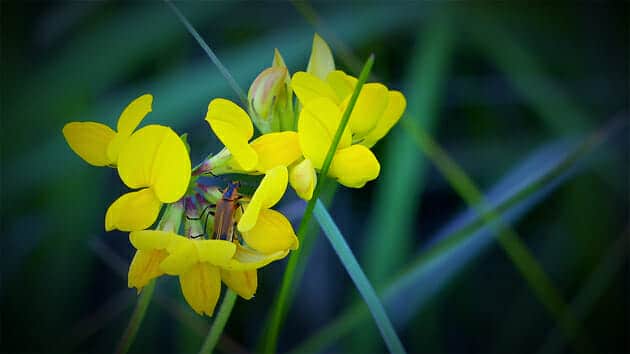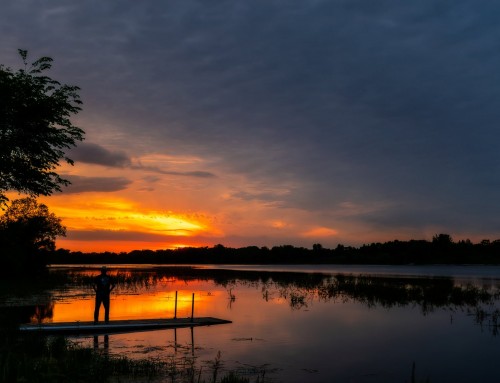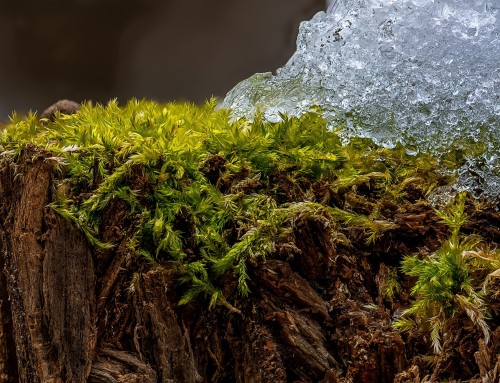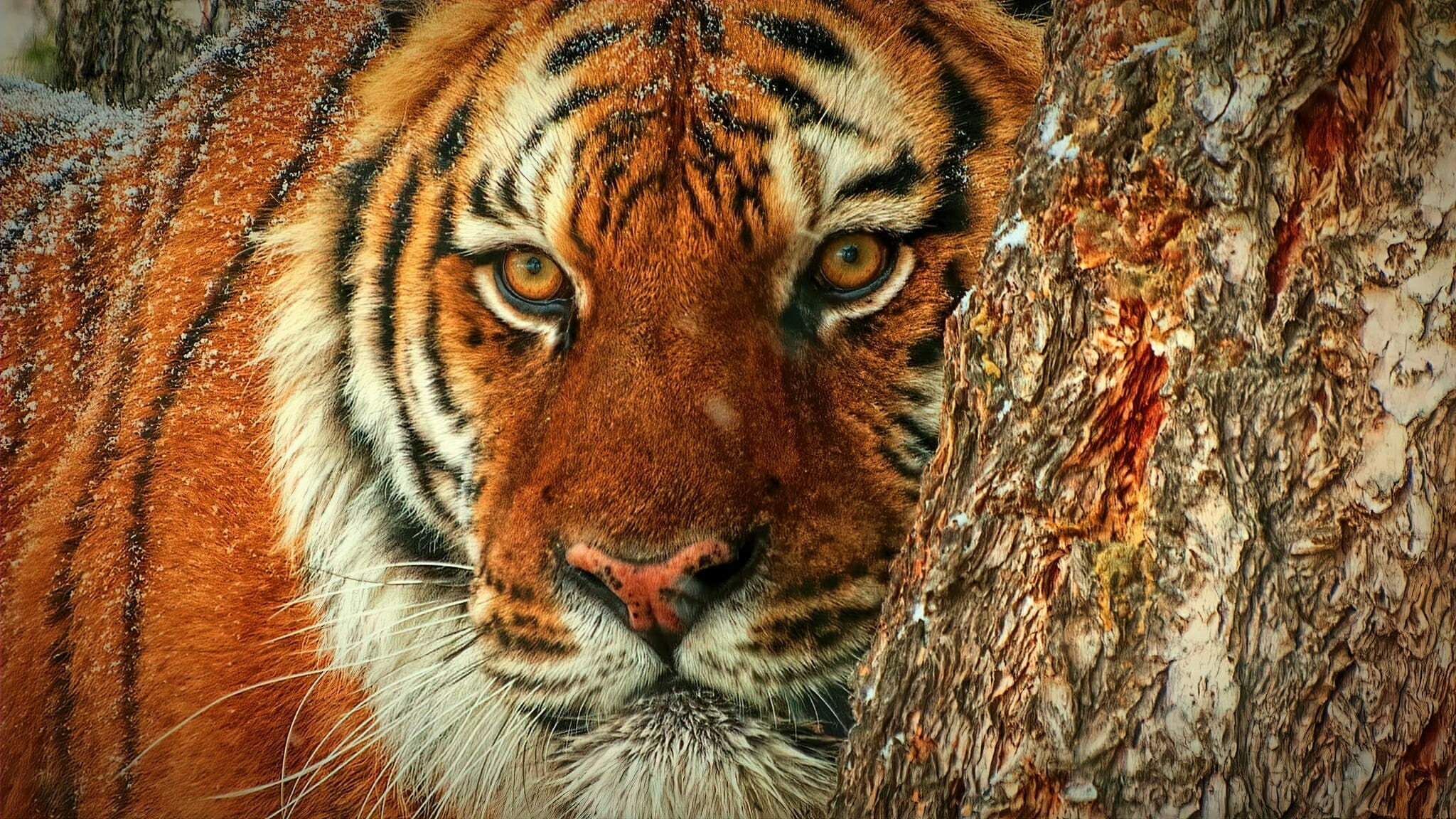If you drive pass the tallgrass prairie of the Great Plains it is easy to think that there is very little going on given the relative lack of large animals. Yet nature is never what it seems at first glance and the vibrant prairies of the plains states are thriving with an ecology that has to be seen up close to be believed. The entomology of these ecosystems has attracted those who are interested in filming nature at its smallest level, as the insect fauna of tallgrass prairie demonstrate. The efforts of select wildlife filmmakers and photography crews to document these ecosystems has expanded the understanding of how insects operate in the great open plains of North America.
The hot and dry summer months of Iowa, Nebraska, the Dakotas, and other prairie states combine with harsh, cold winter months that would make many delicate species die off quickly. As such, insects found in these areas are hardy and capable of surviving major disasters. This precarious balance of power may be illustrated by ant colonies that thrive in tallgrass prairie regions — but often at the expense of one another. A plain is less subject to wildfires than mountains, but nevertheless experiences a major fire about once per decade. Fires destroy major vegetation and cut off carpenter ants from their source of protection and nesting. Grass grows back faster than wood plants, meaning that field ants reap the benefit quickly and push carpenter ant species to the brink. Yet over the course of more years, trees and shrubs take hold and empower the carpenter ant to return to dominance — only to see another fire come.
The streams and rivers that run through the plains are the major (and sometimes only) source of water for all organisms. Insects need regular water as well, but with water comes predators. The number of birds who live along rivers on the plains skyrockets due to the number of insects they can feed upon. These insects function as the base of the food chain, but the food chain depends on the river above all. Birds like flycatchers and gleaners mate in the spring so that their young will be born by June — at which point the snow melt pushes the rivers to their highest point and food is most plentiful. Bird population peaks in early summer and declines thereafter.
Not all insects are merely a foregone conclusion as a meal for a predator. The splittle bug larvae has evolved a measure of protection against the other insects, reptiles, birds, and small mammals that prey upon it. Just like you produce a bubble by blowing into a soap-covered ring, the larvae forces air through a fluid to create enclosing bubbles. Not only do these bubbles deter predators, but they also protect the growing insect from exposure to the sun. This simple function has, in fact, been one of the bio-inspirations for the business world, as manufacturing and shipping companies have used this insect’s application to model protective padding for their packages.









Well written as always, Kevin!